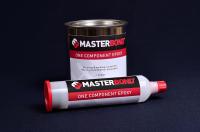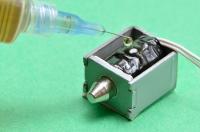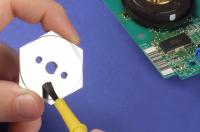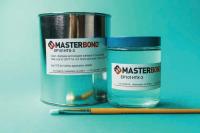
Single part, no mix, solvent free epoxy impregnation compounds are used to seal porosity in metals and non-metals. Compounds offer excellent void filling capability, low shrinkage upon cure and cause no dimensional change to parts being sealed. Powdered metal parts and metal castings including aluminum, zinc, cast iron, steel and magnesium can effectively become pressure tight following vacuum impregnation. This reduces scraps, does not effect appearance, lowers warranty costs and improves profitability. Powdered metal components also will have improved machinability. Additionally, ceramics and plastics can also be protected against porosity.
Our epoxy impregnants seal against:
- Air
- Water
- Oils
- Solvents
- Cleaners
- Coolants
- Lubricants and much more
Typical applications include:
- Valves
- Fuel system components
- Microwave systems
- Meters
- Graphite plates
- Engine blocks
- Compressor parts
- Lens housings
They are also used for:
- High temperature coils
- Termination stacks for brushless motors
- Electronic connectors
- Thermistors
- Sensors
- Wire harnesses
- Ferrites
After impregnation dielectric properties are frequently enhanced. Master Bond impregnants are known for their unmatched reliability. They are available for purchase in a range of thicknesses and hardnesses.
To achieve the most desirable results considerations should be given to type of porosity material, size, geometry, sealing rate in choosing the proper impregnation process.
Most Popular Epoxies for Vacuum Impregnation
 |
One part low viscosity epoxy for impregnation, coating, sealing. First rate chemical resistance. light amber clear color. Requires elevated temperature curing. Toughened formulation. Superior electrical insulator. Serviceable from -60°F to +350°F. |
 |
EP19HTLV-2 Viscosity 200-700 cps. One part system has "unlimited" working life at room temperature. Impressive physical strength properties. Sprayable or brushable. Chemical resistant. Excellent thermal stability. Serviceable from -60°F to +400°F. |
 |
EP112 Potting, encapsulation, coating, sealing, impregnation compound. Superior optical clarity and physical strength.Low dielectric constant and low dissipation factor. Stands up to 1,000 hours 85°C/85% RH. Long working life. Serviceable from -60°F to 450°F. |
 |
EP101HTX-3 Optically clear one component epoxy has outstanding electrical insulation properties. Viscosity 300-1,000 cps. Service temperature range from -60 to +500°F. Excellent thermal shock resistance. |
